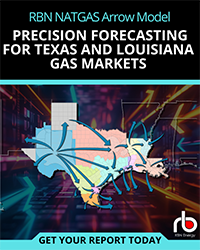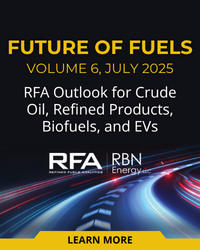Production of natural gas liquids in the Permian is growing so quickly that within a year or two some parts of the super-hot play may experience NGL takeaway constraints. That is good news for the owners of the eight existing NGL pipelines out of the Permian, which are likely to see flows on their pipes increase as NGL production rises — assuming, that is, that they have capacity to spare and that they are connected to natural gas processing plants within the faster-growing parts of the region. Today we continue our blog series on Permian NGL production, processing and pipelines with a look at ONEOK’s West Texas LPG Pipeline and the Chevron Phillips Chemical EZ Pipeline.
The Permian is a crude oil-focused play, but as we said in Part 1 of this series, oil wells in the play also produce large volumes of associated natural gas and natural gas liquids (NGLs) that add to the bottom lines of exploration and production companies (E&Ps) there. The region already is producing 2.3 million barrels a day (MMb/d) of crude oil and 6.6 billion cubic feet per day (Bcf/d) of dry natural gas, and under RBN’s Growth Scenario, those numbers are expected to rise to 3.7 MMb/d and 12 Bcf/d, respectively, by 2022. Production of NGLs is expected to rise nearly 80% over the same period, from almost 800 Mb/d today to about 1.4 MMb/d five years from now.
While the Permian is in some ways the hot new thing in hydrocarbon circles — who in the business hasn’t uttered the P-word in the past week? — it’s also a tried-and-true production veteran, with significant gas processing and NGL takeaway capacity in place before interest in the play ramped up in 2015-16. The existing infrastructure — plus a few well-timed pipeline expansions — so far have provided sufficient (if not ample) capacity to move NGLs out of the Permian, the vast majority of it to the NGL storage and fractionation center in Mont Belvieu, TX (near Houston). But as we’ve been saying, it’s important to remember that not all of the NGL pipeline capacity out of the Permian is available for use by Permian NGL producers. In fact, only about 1.1 MMb/d of the 1.7 MMb/d of total NGL pipeline capacity out of the Permian is effective takeaway capacity — that is, actually available to transport NGLs produced in the play.
Join Backstage Pass to Read Full Article







